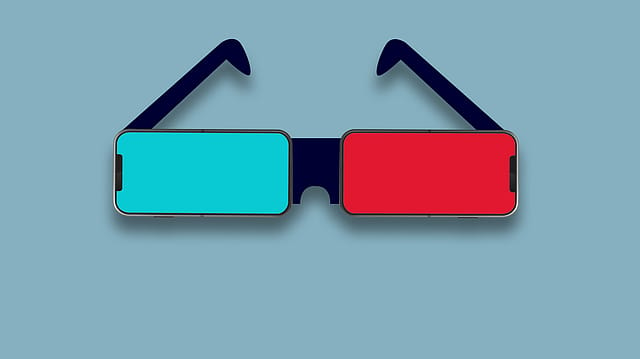Made-in-India apps fill up TikTok’s void: Report
ADVERTISEMENT

Following the ban on Chinese video-sharing app TikTok in India last year, the country has seen a sharp rise in domestic short-form video-based social networking platforms. A report by Bengaluru-based consulting firm RedSeer has found that Indian players like Josh, Moj, MX Takatak, and Roposo have brought back 97% of TikTok's user base in the last one year. However, the time spent on short-form video has reached just 55% of what it was in June 2020, which indicates that Indian platforms are still maturing and there is a strong market opportunity, it said. The report also revealed that 30%-35% current short-form video users started using the medium after the TikTok ban.
Digital content has been one of the highest growth segments in India. "This has been a result of increased supplier push and aggressive marketing by platforms. The new users who are on-boarded are largely from tier 2 cities. This trend is mostly driven by stronger focus of platforms on vernacular content and ‘Bharat’ positioning," the report said. Overall, 60%-62% of the short-form users are from tier 2+ cities.
“In less than one year post the TikTok ban, Indian platforms have shown a strong V-shaped recovery, bouncing back to 100% of pre-ban daily user base. This shows how platforms were able to design the product, execute their plans, and market it aggressively in a very short period of time. This is a strong indicator of how the Indian digital ecosystem has matured in the last few years," said Ujjwal Chadhury, associate partner, RedSeer Consulting. But, he cautioned, the job was far from done. "The players still have to reach the global and cross-sector benchmarks on engagement and retention—which will further grow the monetisation potential for the entire ecosystem," he said.
December 2025
The annual Fortune 500 India list, the definitive compendium of corporate performance, is out. This year, the cumulative revenue of the Fortune 500 India companies has breached $2 trillion for the first time. Plus, find out which are the Best B-schools in India.
In FY21, India's data consumption per month per smartphone grew to 15.7 GB per month—which is 67% higher than the global average of 9.4—and is the highest globally. The report said that India's total population with access to the Internet is 660 million, out of which nearly 48% form the short-form video user base.
As the user base is growing, it is also leading to a large monetisation potential for both influencers and platforms. "Elite influencers with more than 10 million followers have monthly earnings of around $20,000-$40,000. Influencers with 1 million followers can earn up to $1,000-$2,500, while budding creators with less than 1 million followers can earn $40-$200," the report said. Since social media is one of the fastest-growing advertising channels with an annual spend of more than $2.4 billion, there is strong advertiser interest in short-form video platforms, and therefore strong monetisation potential for them.
When it comes to individual platforms, Josh—which is owned by VerSe Innovation, which also owns news aggregator Dailyhunt—leads both in terms of influencers and users, driven by strong performance in the Hindi belt and tier 2+ cities. Meanwhile, Moj, which is owned by social media platform ShareChat, has a stronger hold in the regional languages market, especially the southern states. Roposo, owned by lock screen platform Glance, and Times Internet-owned MX Takatak, however, have recorded a strong performance in metro and tier 1 cities.
Some of the key challenges for these Indian platforms now are lack of awareness about advertising potential and the fact that it is a highly-fragmented market. There are around 40 short-video apps in the market today, including big brands such as Instagram Reels and YouTube Shorts competing with Indian apps that have user awareness of less than 50%. The market is slowly heating up. RedSeer estimates that by 2025, the industry has the potential to gain 300 million new users. Last year, the industry added 525 million users.
